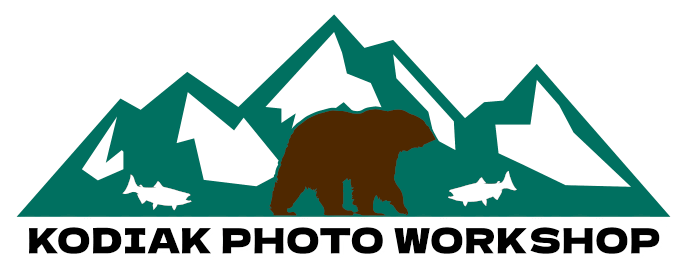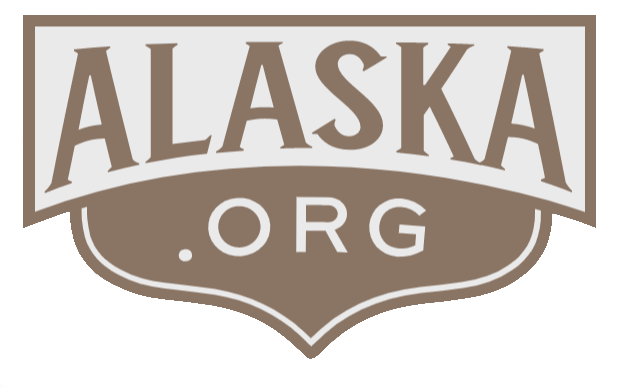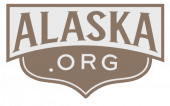A 30-minute flight from the town of Kodiak, deep in the Alaskan wilderness, lies the spectacular Larsen Bay.
Due to its remote location, this tranquil oasis brims with marine and land creatures, making it the ideal spot for nature lovers.
In fact, Larsen Bay is surrounded by the Kodiak National Wildlife Refuge, a 2,812-square-mile reserve covering two-thirds of Kodiak Island. From alpine meadows to spruce forests and grasslands, the area offers a diversity of unspoiled ecosystems, which in turn, explains the abundance of wildlife.
As a photographer passionate about capturing wildlife and the wilderness, I’ve decided to share some of the most amazing wildlife that can be seen on the island.
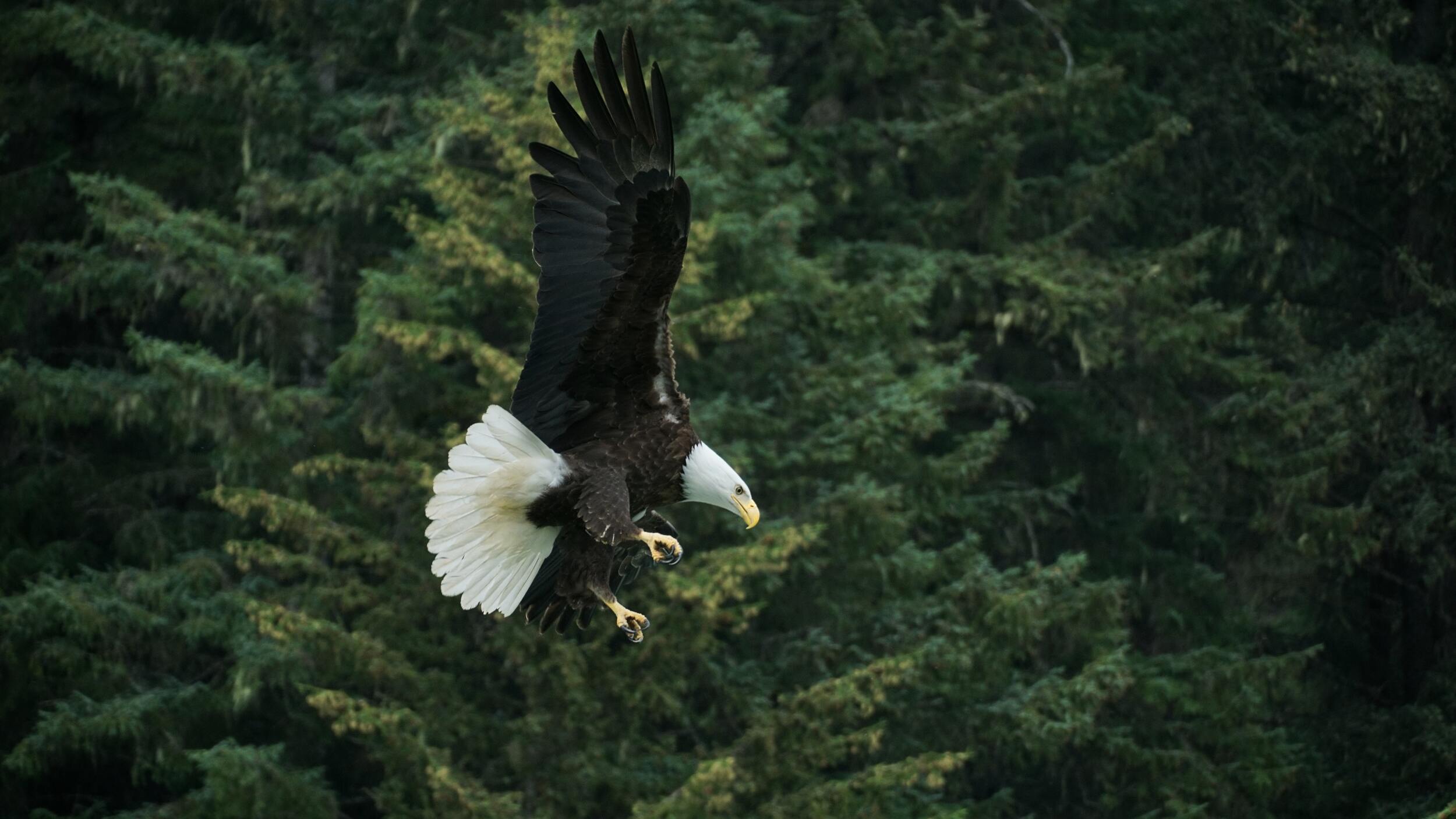
Birds
Larsen Bay is a prime spot for birdwatching. The area counts over 200 bird species and 600 breeding pairs of bald eagles.
Some of the birds you will be able to observe on a trip to Larsen Bay include breeding marine birds that nest on cliffs such as horned and tufted puffins, or black-legged kittiwakes.
What’s more, 12 out of the 14 water duck species present in North America can be found off the shores of Kodiak Island in the winter. And the great news is that many of them are there year-round providing bird lovers with the opportunity to observe them regardless of the time of the year.
Despite harsh winters on the island, many land bird species also manage to survive. Some of the land birds you’ll be able to photograph once there include:
Black-Billed Magpies , Northwestern Crows, Common Ravens, Black-Capped Chickadees, Golden-Crowned Kinglets
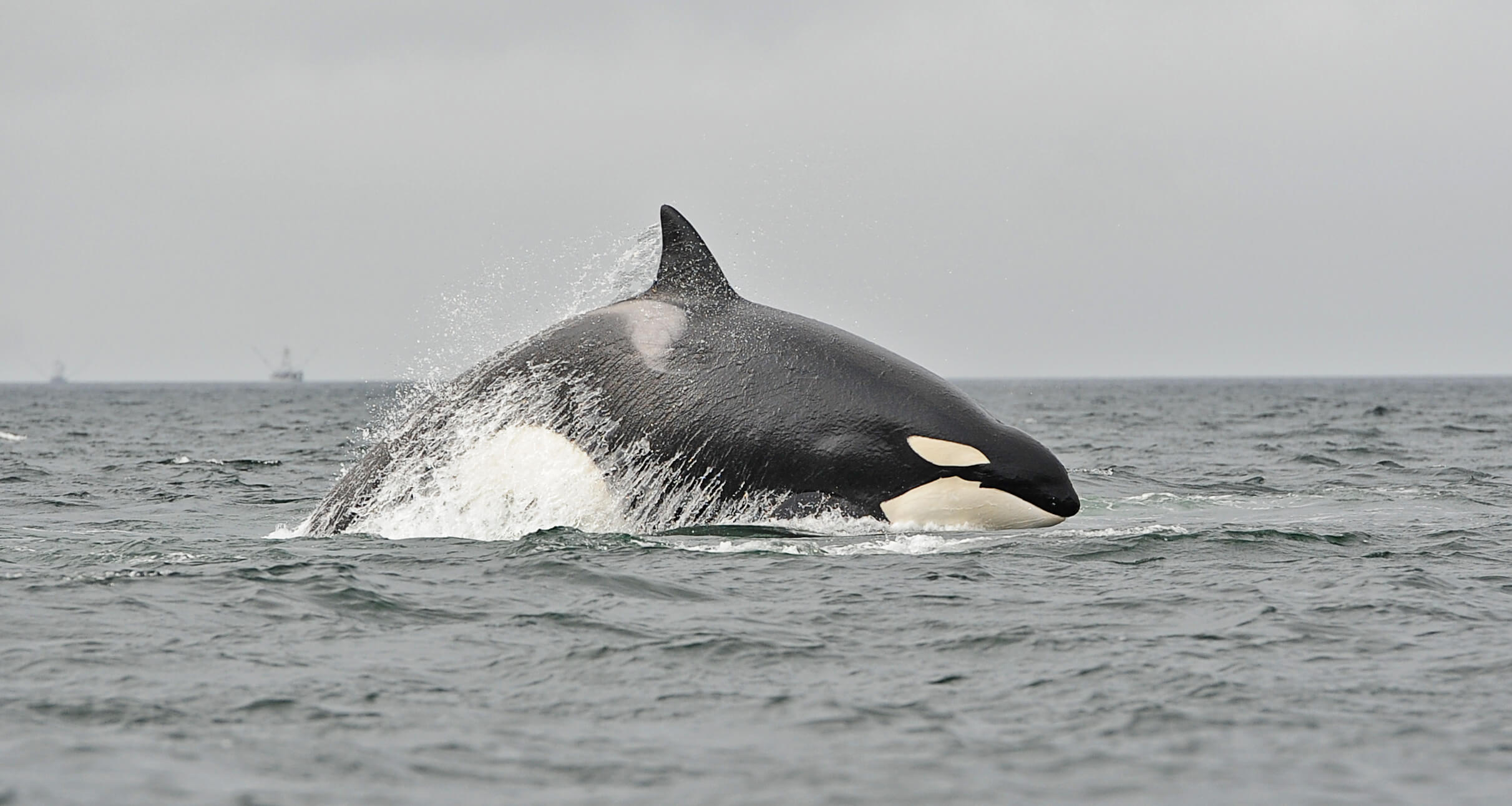
Marine Life & Fish
If you love majestic marine creatures, you’re going to enjoy your time on Kodiak Island!
Every spring, thousands of Eastern Pacific gray whales migrate off the shores of Kodiak Island from the warm waters of Baja California all the way to the Bering sea. Although typically present in the area in April and May, some of them hang out in local waters during the summer months too before heading south. Finback and Humpback can also be seen in Larsen Bay and around Kodiak Island.
Some other marine species that can be spotted in Larsen Bay include sea lions, sea otters, puffins, and even killer whales.
But that’s not all!
Kodiak island’s waters are rich in fish, offering some of the best freshwater and saltwater fishing in Alaska. The area is particularly popular for salmon fishing because it’s home to the five Pacific salmon species which are:
Sockeye Salmon (or red salmon): the island boasts a thriving population of sockeye salmon, from late May until the end of July. The sockeye salmon weighs 6 pounds on average. However, don’t let their small size fool you as they’re the most dynamic of all Pacific salmon species! So, if you want to catch one, you’ll have to work hard for it.
That’s right, fishing on Kodiak is a real action-packed adventure!
Silver Salmon (or coho salmon): this freshwater salmon typically matures in August and runs through to the end of September/mid-October.
King Salmon: king salmon can be found in Larsen Bay as well as in the Carlik and Ayakulik rivers. They can usually be caught between June until early July.
Pink Salmon: pink salmon is the most abundant salmon species on Kodiak. They can be caught all around the island, including in Larsen Bay, between mid-July and mid-August.
Chum Salmon: the chum salmon’s run follows the pink salmon’s run although it can start a little bit earlier some years with the peak happening in August.
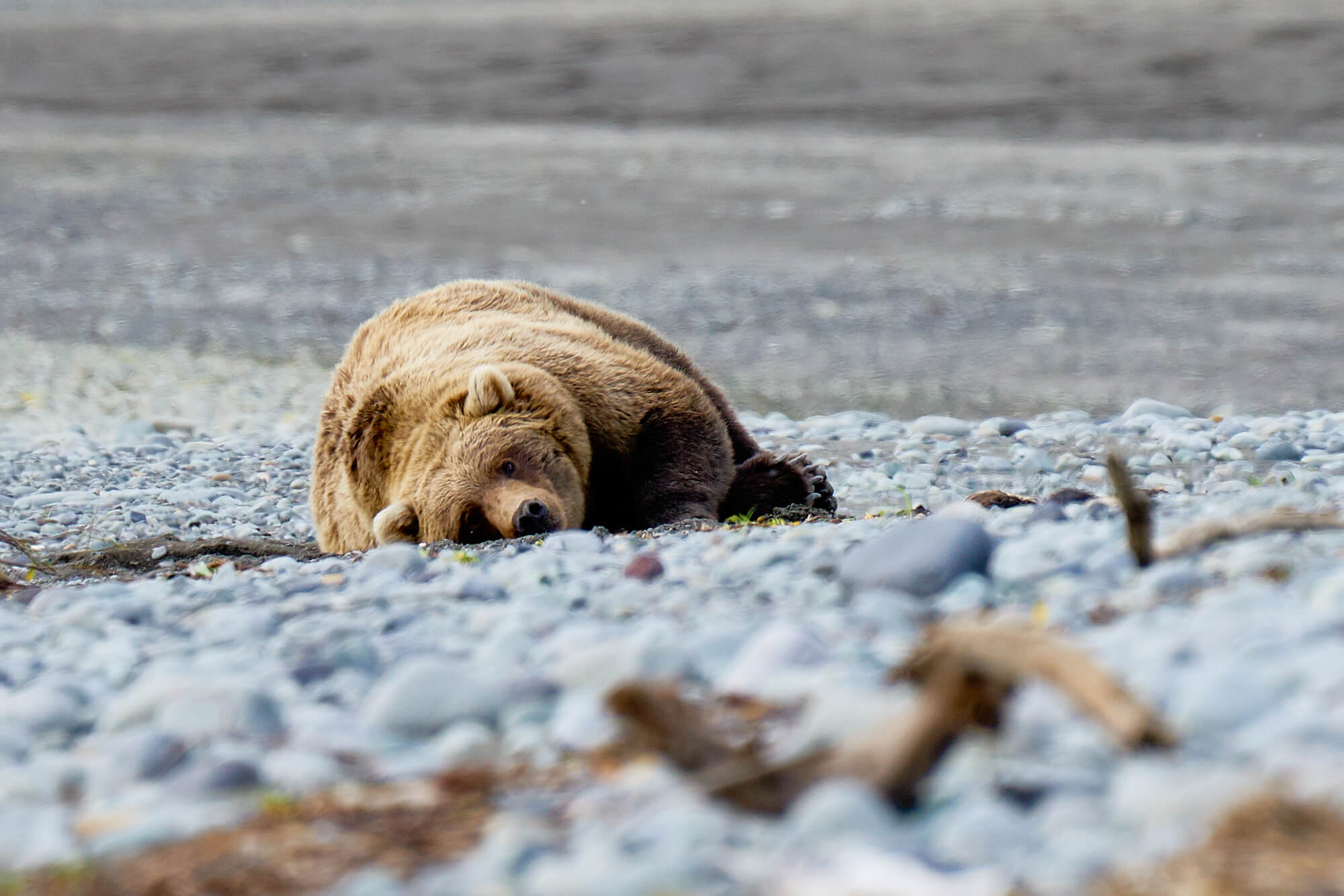
Bears or Kodiak Brown Bears
And where there’s salmon, there are bears. Lot’s of bears.
The “Kodiak Brown Bear” is a coastal brown bear that has been isolated from the brown bear from mainland Alaska since the last ice age which occurred 12,000 years ago. They hold the record of being the largest bear in the world (along with the polar bear). In fact, the largest Kodiak bear ever recorded weighed close to 1700 pounds! They’re omnivores and eat grass, plants, berries along with animals. However, their favorite food – you might have guessed it – is salmon and other marine-derived food sources which contribute to their enormous size. Their color varies from blonde and light brown to almost black.
There are currently approximately 3,500 Kodiak brown bears on the island with the highest concentration of this mighty animal in Larsen’s Bay Lodge’s fishing areas.
Kodiak bears are diurnal (meaning they’re active during the day) which provides wildlife photographers with an incredible opportunity to snap amazing photos and record sensational videos of these beautiful creatures.
They hibernate from late October to April and even sometimes June. This means that July and August are the best months of the year to explore the pristine island if you’d like a chance to see these mighty creatures in their natural habitat.
Other Mammals
Kodiak bears are one of six mammal species indigenous to the island. The five other species include Short-Tail Weasels, Red Foxes, Bats, River Otters, and Tundra Voles. Also very rare sightings of Wolverines have been reported.
In the 1920s, eight other mammal species were introduced on the island to increase subsistence opportunities. So, along with the native mammals, you’ll be able to capture Sitka Black-Tailed Deers, Mountain Goats, Roosevelt Elks, Reindeer, Beavers, Red Squirrels, Snowshoe Hares, and Pine Martens.
Ready To Capture Larsen Bay’s Wildlife on Camera?
Whether you’d like to experience fishing around the mighty Kodiak brown bears or would love to learn more about unique bird species, our epic premium photography workshop has got you covered. You’ll be able to experience and snap the spectacular wilderness of Kodiak while enjoying some incredible activities such as world-class salmon fishing or kayaking in a breathtaking and tranquil setting.
And while all of the wildlife on the island is worth the trip, believe us, watching Kodiak bears in their natural habitat is a truly life-changing experience.
So, book your spot on our dedicated page, or don’t hesitate to contact us if you have any questions about the workshop. We’d love to talk you through the program and some of the things you’ll see during this true Alaskan adventure!
